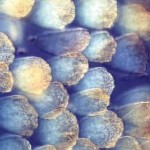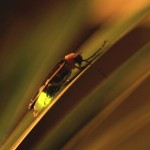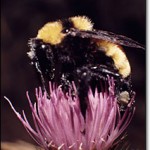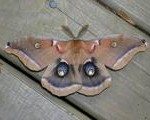Learning Links About
INSECTS
Summertime means plenty of outside time, with bugs!
Here’s some frequently asked buggy questions, and their online answers.
1. Does touching the wings of a moth and/or butterfly damage their wings?
At
http://www.vqronline.org/articles/2006/spring/eisner-scales-on/, you’ll learn that the “powder” consists of millions of tiny scales, which flake off. It is thought to be a defense mechanism, to help the moth get out of spider webs.
Losing too many scales can be bad for a moth, so it is best not to touch them too much.
2. TRUE/FALSE: Are fireflies actually flies?
False. They are actually beetles that live about two months. They don’t generate any heat when they light up. Visit National Geographic, http://bit.ly/6dg9G, where you can find the the answer to this question, and a lot more.
3. Help! A bee landed on my arm. What should I do? (choose the best answer)
a) Swat it away.
b) Stay perfectly still and wait for it to go away.
c) Wave your arms and scream.
B. If a bee lands on you, stand still and let it fly away on its own.
Don’t try to swat it away: the fast motion will scare it and it might sting. See The San Diego Zoo at http://bit.ly/d0caMi for some good advice on this subject.
4. Which insects live the longest?
Tarantulas can live 30 years; but a queen termite has been known to live 50 years. Visit Scholastic Parent & Child magazine (disclosure, we write for them) for more information at http://bit.ly/doDcnl.
5. Why do moths always fly around my porch light?
Moths are attracted to light. Some people think the light confuses their navigation system. At http://www.pbase.com/ppayzant/porchlight_moths, and you can see an amazing collection of bugs that were attracted to one guy’s porch light.
6. What bug gets the award for being the most talented flyer? (Hint, there’s a picture of it on the right).
You’ll need to go over to the UK for this answer, http://www.dragonflysoc.org.uk/animp.html. Be sure to enjoy the pictures!
7. Help! I found a really weird-looking bug, and I want to know what it is.
Visit http://www.bugguide.net and look through the photos. If you can’t find your bug, take a photo of it and send it in. The site is run by Iowa State University, where a group of entomologists share photos to help people identify their bugs.









